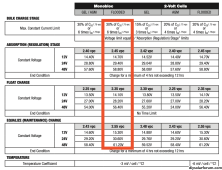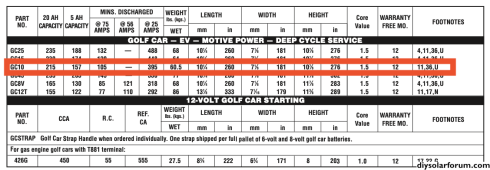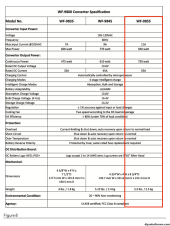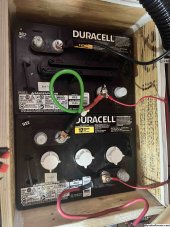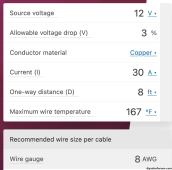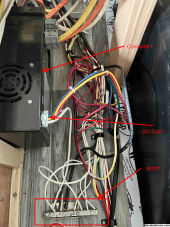There definitely is some de- bottle necking that can be done to improve performance if that is what you are after.
There is nothing wrong with using 6 volt flooded batteries to make 12 volt packs but there isn't any advantage either other than it used to be a way to reduce the weight that was lifted. Now there are GC2s in 12 volts if you like that size.
A battery pack that size can easily handle an 800 - 1000 watt solar array if you have a place to put it - either on the trailer or some panels that you deploy where you get to where you are going. 100 watts is really just a trickle charger vs really powering anything. 400 watts is really the minimum size for solar to be interesting for camping IMHO.
A fuse block could be used to distribute power to each of your 4 battery "banks" with a 10, 8 or maybe even 6 awg wire (I need to check) using something like this.
Compact ATO® / ATC® fuse block consolidates branch circuits and eliminates the tangle of in-line fuses for electronics and other appliances.

www.bluesea.com
The batteries could be upgraded to AGMs which have higher charge / discharge rates in many cases.
The charge rate from being plugged in is somewhat limited by how much power is available from the outlet and at 55 amps that is close to what many outlets can handle on a continuous basis.
Edit - just saw that you are looking at the BBs- good choice. They make a GC2 in 12 volts IIRC and it might be that their other sizes might fit in your setup.
